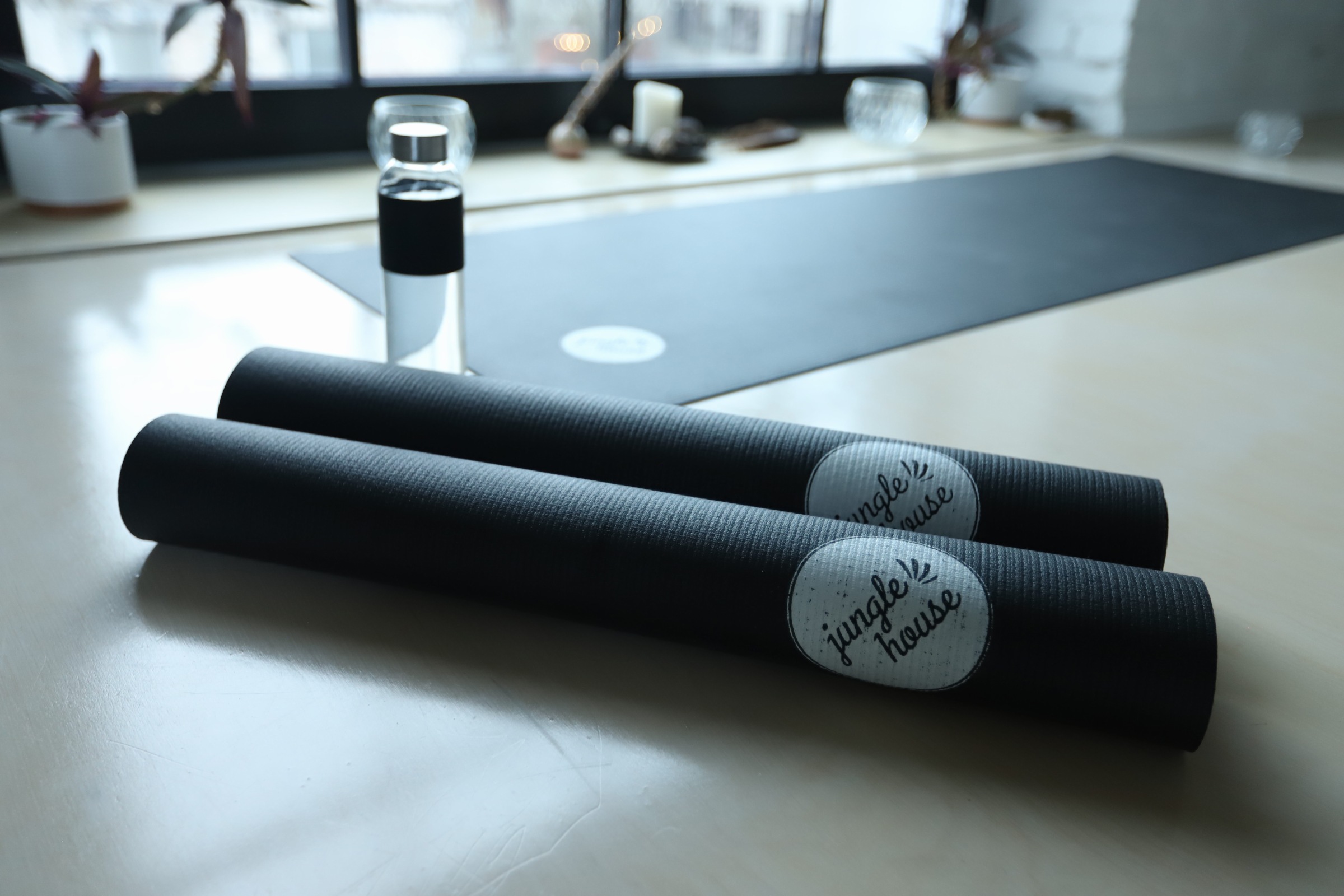Mobility and stretching are one of the most important and often underestimated components of a training program. Many people associate stretching and mobility with just warming up or cooling down, but in fact they are key components that help prevent injuries, improve training efficiency, and support overall well-being.
Mobility vs. Stretching – What’s the Difference?
First, it's important to understand that mobility and stretching are not synonymous. Although these terms are related, they refer to different aspects of improving the body's ability to move.
Mobility refers to the ability of joints to move through their full natural range of motion. Mobility is not just about stretching muscles, but also about the ability of joints to move efficiently and without pain. Mobility training focuses on improving the body's range of motion and increasing mobility. Mobility training often involves dynamic movements and controlled ranges of motion to strengthen muscle and joint coordination.
Stretching on the other hand, is to improve the elastic properties of muscles and tendons. Stretching focuses on increasing the length of muscles and connective tissue to help them relax and recover. Stretching can be static (holding a stretched position for a few seconds or minutes) or dynamic (stretching with movement).


Mobility is extremely important for exercise performance. Limited joint mobility can lead to a variety of problems, such as inefficient movement, poor posture, excessive joint strain, pain, and even injury. When joints cannot move properly, muscles cannot work to their full potential, which in turn can reduce the effectiveness and results of your workout.
Research has shown that mobility training can:
Improve joint range of motion. For example, improving mobility in the hip, shoulder, or knee can help prevent injuries and increase mobility. Increase muscle coordination: Mobility improves the body's fluidity and ability to move, which in turn helps achieve greater performance during exercise. Helps prevent overuse injuries: One of the main benefits of mobility is restoring joint and muscle balance, which helps prevent overuse of overworked muscles or joints.
Stretching – how does it help muscle recovery and mobility?
Stretching is an important part of the muscle recovery process and can help reduce muscle tension, improve blood circulation, and increase flexibility. Stretching not only helps lengthen muscles, but it also helps reduce the risk of injury because improving range of motion and flexibility can reduce muscle tension and reduce stress on the body. Stretching, especially after exercise, helps the body relax, reduces muscle tension, and improves blood circulation, which promotes muscle recovery.
Science has found that stretching helps:
Reduce muscle pain and stiffness: Muscles can be tense and sore, especially after intense exercise. Stretching helps to relax and relieve them. Improve blood circulation: Stretching helps to stimulate blood flow to the muscles, which helps the muscles recover faster and absorb nutrients better. Improve flexibility: Stretching helps the body's mobility and flexibility. By stretching regularly, it is possible to increase the range of motion of muscles and joints, which in turn helps to prevent movement restrictions. To achieve results, it is important that stretching is done correctly and consistently. Stretching exercises should be part of a daily exercise routine to ensure optimal flexibility of muscles and joints.
How to train mobility and stretch correctly?
Mobility training: Use dynamic exercises such as leg circles, arm rotations, lateral leg movements, etc. Start the exercises slowly and gradually increase the range of motion. Remember that mobility training should not be painful, it should be comfortable and controlled.
Stretching: After your workout, do a 10-15 minute stretching session, focusing on the muscles that were most stressed during your workout. Hold the stretch for 20-30 seconds and don't tense your muscles.
Mobility and stretching are important tools that help improve training performance, prevent injuries, and support muscle recovery. Regular mobility training and stretching help create balance between muscles and joints, providing better range of motion and flexibility. Come try our relaxing mobility and stretching workout CIRCL Mobility, which focuses on exactly that.

